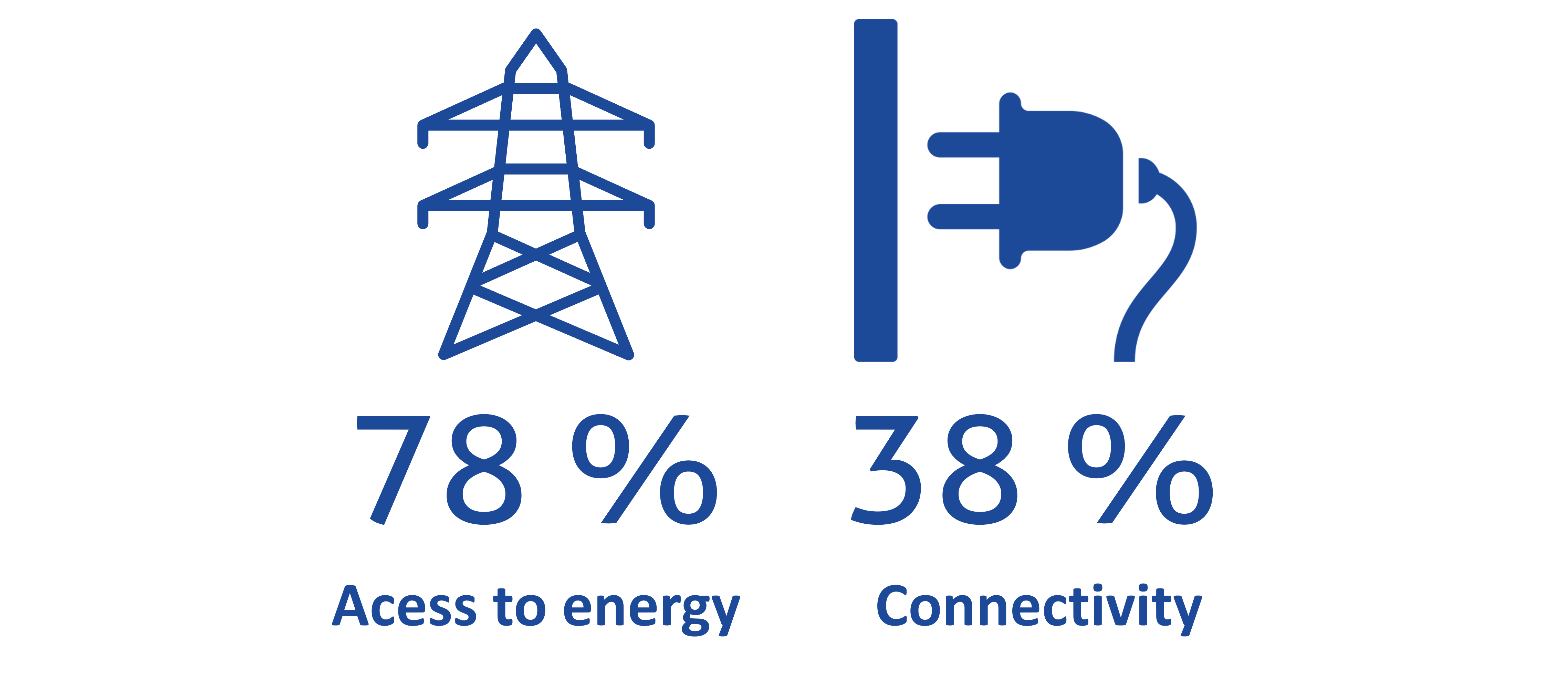
Current energy mix and access status
Who
has the power?
Access to energy and connectivity in Tanzania
The
Tanzania Mainland Energy Access and
Use Situation Survey II (2020), reveal
that for the year 2019/20; 78.4 percent of the Tanzania mainland total
population had [1]access
to electricity compared to 67.5 per cent in the year 2016/17. The report indicates
11 per cent increase in electricity access from the previous survey conducted
in the year 2016/17 however electricity connectivity remained low (37.7%) in
Tanzania mainland. Moreover, the survey analysis explored on the urban - rural
differentials in electricity access. Limited household electricity connectivity
and broader limited use of power for social and productive purposes are linked
to expensive prices for providing energy access and connectivity services in
Tanzania. Furthermore, existing energy demands to cutter for the current energy
requirements accelerate elevated electricity market prices.
Among other initiatives to increase electricity access and connectivity in Tanzania is to increase electricity generation to lower the demand and so the price.
A dangerous mix for a sustainable future?
A mix of fossil fuels and
hydropower
Based on the Tanzania Power System Master Plan 2020, electricity generated and utilised largely (94%) comes from natural gas and hydro sources. Anecdotal findings show that less than 3% of electricity generated and contributing to energy mix comes from renewable energy sources (non-hydropower source). Linked to that, Tanzania has abundant and potential renewable energy resources that once are fully tapped could contribute massively to sustainable ecological and socio-economic development. Under such scenarios it is important for the government and other key stakeholders in the energy sector to deliberately enhance plans and investment in extra reliable and affordable (renewable) energy sources.
Biased power
Inequality energy access
and supply
Urban
access to electricity increased from 97.3 percent to 99.6 percent, while in
rural areas electricity access remained significantly lower increasing from
49.3 percent in a year 2016/17 to 68.9 percent in a year 2019/20 (URT, 2020). Such spatial differentials continued to create a limited
room for inclusive initiatives to foster ecological and socio-economic stewardship
in rural communities. Limited access and connectivity to electricity in most of
the villages in Tanzania tend to impair human electricity-based productivity
initiatives. The sustainable development goal seven (SDG 7) emphasize on the
focus to ensure an effective inclusiveness of various marginalized groups in
the communities for an increased energy access, connectivity, and decent job
creation. The thinking should be to reflect energy as an economic enabler to
these special groups such as women, youth, small holders (farmers, fisher folks
and livestock keepers) and poor people. more focus needs to be directed in clean,
reliable, and affordable energy investments so there is a swift adoption and
take off in productive use of renewable energy especially in rural areas of the
country.
Decentralized and innovative
A chance for
fast-tracking access to energy
Furthermore, it remains to be an open
opportunity to scale up decentralized renewable energy in these villages
whereby a pay as you go (PAYGO) system has proven success in some pilot
projects. These trials with the indication of progress will finally improve
electricity access and connectivity driven by energy demands for productive
purposes. Seven regions of Dar es salaam, Kilimanjaro, Mwanza, Mbeya, Mara,
Pwani and Geita were recorded with highest electricity access of 100, 93.6,
89.9, 89.0, 87.7, 85.8 and 84.4 percentages respectively, leaving Kigoma
(56.3%), Manyara (58.1%), Shinyanga (61.7%), Songwe (61.9%) and Rukwa (64.8%)
with least electricity access in the country.
Fair enough?
Steps towards power
access to everyone
Over
the recent years, the Tanzania government have put more effort in increasing
electricity access to many communities in the country, however household
connected to electricity remains low. Tanzania Mainland Energy Access and
Use Situation Survey II (2020) reports that only 37.7% of household in Tanzania
mainland were connected to electricity by the year 2020. There were a 5.1% rise
in electricity [2]connectivity
to household as compared to the year 2016/2017. According to 12th
parliament opening speech by the late President Magufuli in November 2020; the
government will ensure an increased electricity access to 2,384 villages by the
end of the year 2025, which under that circumstances all 12,280 registered
villages in Tanzania will be fully accessing electricity from the national
grid.
Electricity
connectivity and access in rural and semi urban areas of Tanzania is a
prevailing challenge impending socio-economic development in the country. Power
driven from national grid electricity remains to be the major source of energy
for lighting and inadequately utilized for income generating activities and
resolving home based domestic activities. According to ESMAP (World Bank),
Tanzania energy access and connectivity remains to be applied under tier one of
energy usability to contribute to economic growth. It is thus of most paramount
importance to start reporting on the energy access and connectivity by
describing tier levels. Further observation reveal existing challenge relies on
the current definitions used for energy access and connectivity against the
modern electricity access and connectivity definitions which largely inculcate
the use of energy for production purposes. Highly used and popularized terms
are electricity access and connectivity, which inadequately provide a room for
a wide consideration of other sources of energy that could contribute to socio
economic development.
[1] Electricity Access: Refers to
percentage of people in a given area that have relatively simple, stable access
to electricity.
[2] Electricity Connectivity
according to the survey report refers to a pole in the village and an electric
bulb in the house. Household connected to electricity are referred to household
whose source of electricity was either TANESCO/REA or private entity.
